Exploring the rich tapestry of food and family traditions offers a fascinating glimpse into the heart of cultural identity and bonding. From holiday feasts to everyday rituals, these customs shape who we are and how we connect. Whether it’s the Sunday brunch ritual or the annual family reunion, food serves as more than nourishment—it becomes a language of love, memory, and heritage. Understanding the unique family food traditions across different cultures and generations reveals how they foster closeness and preserve history. This article delves into the vibrant world of family food traditions, examining everything from classic recipes to modern innovations, and explores how these practices continue to thrive in our changing world.
Key Takeaways
- Food Strengthens Familial Bonds: Sharing meals fosters deeper connections and relationships.
- Preserves Cultural Heritage: Traditional dishes and rituals keep family traditions alive.
- Teaches Valuable Life Skills: Cooking together builds teamwork and culinary knowledge.
- Expresses Love and Celebration: Food is central to marking special occasions and showing appreciation.
- Fosters Social Connections: Shared meals encourage community building and reduce stress.
- Supports Mental Well-being: Food provides comfort and stability during challenging times.
- Promotes Healthy Eating Habits: Balanced meals teach children about nutrition.
- Encourages Regular Family Interactions: Scheduling meals enhances family dynamics despite busy lifestyles.
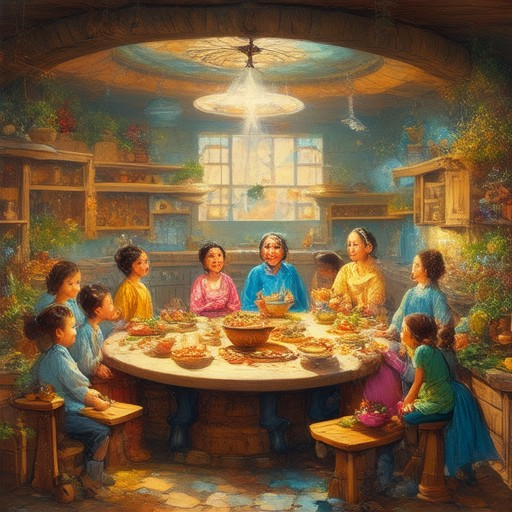
Family Food Traditions
Family food traditions are meaningful rituals and practices that bring loved ones together, creating lasting memories and cultural connections. These customs often vary across different cultures and families, but they all share a common theme of love, community, and heritage.
Here are some popular family food traditions:
- Frybread Making:** In many Native American communities, families gather to prepare frybread, often sharing stories and laughter while cooking. This tradition is deeply rooted in cultural identity and is often served during gatherings and celebrations.
- Tamales Preparation:** Families in Mexican-American cultures come together to roll and steam tamales, a process that can take hours. This tradition is not just about food but also about preserving family recipes and traditions.
- Sunday Dinners:** In many Western cultures, Sunday dinner is a time for extended families to come together to enjoy a hearty meal. This tradition emphasizes the importance of togetherness and shared meals.
- Passover Seder:** For Jewish families, the Passover Seder is a significant tradition involving a special meal with symbolic foods like matzah and gefilte fish. It is a time to reflect on history and celebrate freedom.
- Chinese Lunar New Year Feast:** During Chinese Lunar New Year, families prepare elaborate feasts featuring traditional dishes like dumplings and spring rolls. This tradition is filled with symbolism and祝福 (wishes) for the coming year.
These traditions highlight the role of food in connecting families and preserving cultural heritage. Whether it’s a casual family brunch or a grand celebration, food serves as a universal language that fosters bonding and memory-making.
For more inspiration and recipe ideas, explore our culinary resources and discover how you can create your own family food traditions.
Family Traditions
Our family has several cherished traditions that bring us closer together and create meaningful memories:
- Family Dinners : We always gather around the table for a homemade meal, often trying new recipes from our cookbook or experimenting with fresh ingredients.
- Holiday Celebrations : Every major holiday is a time for extended family to come together, exchanging gifts and sharing traditional dishes.
- Cooking Traditions : Learning and passing down family recipes has been a cornerstone of our heritage, with each generation adding their unique twist to classic dishes.
- Storytelling Nights : Once a month, we have a night dedicated to sharing stories, memories, and jokes, often ending with a game of charades or another fun activity.
- Seasonal Activities : We enjoy outdoor adventures depending on the season, whether it’s apple picking in autumn or beach days in summer.
- Travel Rituals : Before any trip, we have a family meeting to discuss expectations and share excitement about the destination.
- Cultural Heritage : We celebrate our roots by incorporating traditional foods and customs from our ancestors during festivals and special occasions.
- Gratitude Practice : At every meal, we take a moment to express thanks for our blessings, big and small.
- Recipe Passing : Family gatherings often end with everyone bringing a dish to share, fostering a sense of community and continuity.
These traditions have become a part of who we are, helping us connect with one another and carry forward our legacy.
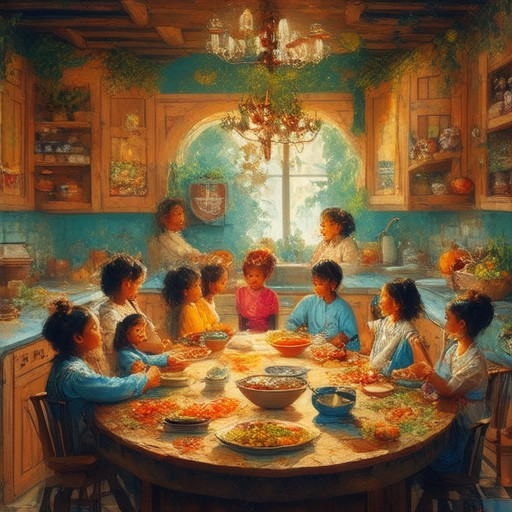
Food Culture Tradition
Traditional food refers to dishes, ingredients, and culinary practices that have been passed down through generations and are deeply rooted in a region’s history, culture, and lifestyle. These foods often carry significant symbolic meaning and are cherished for their nostalgic and cultural value.
Categories of Traditional Foods
- Historical Foods: Dishes that have existed for centuries, often tied to ancient civilizations or royal courts. Examples include soups, stews, and breads that have sustained communities for generations.
- Cultural Foods: Meals and ingredients that are integral to a culture’s identity, often reflecting religious beliefs, seasonal availability, and local customs. These foods are often prepared in unique ways that reflect the culture’s values.
- Social Significance: Traditional foods are often central to celebrations, festivals, and family gatherings, serving as symbols of unity and tradition.
Regional Variations
Traditional foods vary widely across the globe, with each region developing its own specialties. Here are some notable examples:
- Europe: dishes like paella (Spain), risotto (Italy), and roasts (France) are deeply rooted in their respective cultures.
- Asia: dumplings (China), curry (India), and sushi (Japan) are iconic traditional foods with rich histories.
- Africa: dishes such as jollof rice (Nigeria) and injera (Ethiopia) are staples in their regions and have cultural significance.
- The Americas: traditional foods include tamales (Mexico) and cornbread (USA), which have evolved over centuries.
Preservation and Evolution
Traditional foods are often preserved through fermentation, drying, pickling, or smoking, methods that allow them to last longer and retain their flavors. Modern chefs and food enthusiasts draw inspiration from these techniques, creating innovative dishes while staying true to their roots.
Modern Interpretations
Today, traditional foods are reimagined in various ways, blending old-world techniques with new ingredients and flavors. This fusion has led to the creation of fusion cuisines and gourmet dishes that pay homage to classic traditions while introducing fresh perspectives.
Competitor Platforms
For further exploration, we recommend exploring platforms like Food52 and Serious Eats , which offer extensive recipe collections and culinary resources dedicated to traditional and modern cooking techniques.
By embracing the rich tapestry of traditional foods, we celebrate the stories behind them and the craftsmanship that goes into preserving these culinary treasures for future generations.

Why Is Food Important for Family Occasions?
Food is essential for family gatherings because it serves as more than just nourishment—it acts as a catalyst for connection, tradition, and shared experiences. Here’s why:
- Fosters Connection : Sharing meals together creates a setting for communication and emotional bonds. Families often engage in deeper conversations over a meal, strengthening relationships and fostering a sense of belonging.
- Establishes Traditions : Regular family gatherings around the table can become cherished rituals, forming lasting memories and reinforcing cultural heritage. These traditions often revolve around specific dishes or rituals passed down through generations.
- Promotes Learning : Cooking and preparing food together teaches valuable life skills, such as following recipes, working as a team, and understanding the significance of ingredients. This hands-on experience helps children learn about family history and culinary traditions.
- Celebration and Care : Food is a central element in marking significant life events. Whether it’s a birthday, holiday, or simply a weekend brunch, the act of sharing a meal expresses love, appreciation, and celebration of family unity.
- Social Interaction : Gathering around the table encourages active participation and dialogue, reducing stress and fostering a sense of community. This shared activity often leads to spontaneous moments of laughter and reflection.
- Cultural Preservation : Many families use food to preserve their cultural identity, incorporating traditional dishes that tell their story. This practice helps maintain a connection to roots and heritage.
- Gratitude and Appreciation : The act of sharing food encourages families to express thanks and recognize the effort put into meal preparation, enhancing mutual respect and appreciation among members.
In essence, food is more than sustenance—it is a powerful tool for building stronger family ties, creating lasting memories, and celebrating the unique bond that defines a family.
How Does Food Play a Role in Family?
Food is more than just sustenance—it serves as a cornerstone of family life, fostering connections, creating memories, and contributing to personal growth. Families often find that food brings them together in meaningful ways, beyond just meal times.
Culinary Collaboration
Cooking and preparing meals together is a powerful way families bond. Engaging in shared culinary activities teaches responsibility, teamwork, and patience. Whether it’s baking cookies or roasting a turkey, these moments create lasting memories and strengthen relationships.
Mealtime Conversations
Around the dinner table, food sparks conversations that otherwise might not happen. These discussions often delve into thoughts, feelings, and daily experiences, helping family members stay connected and understand each other better.
Family Traditions
Food is deeply tied to family traditions and rituals. From holiday feasts to weekly family dinners, these gatherings become symbols of love and continuity. Sharing traditional dishes can also preserve cultural heritage and pass down values across generations.
Nutritional Support
Good nutrition is essential for health and well-being. Families who prepare balanced meals together often instill healthy eating habits, teaching children about the importance of nutrition and encouraging parents to take care of themselves.
Social Events and Celebrations
Food plays a central role in family celebrations, weddings, birthdays, and holidays. These events are opportunities for extended families to come together, creating vibrant, joyful experiences that are often remembered fondly.
Community Building
Food also acts as a bridge between families and their communities. Cooking classes, potluck dinners, and farm-to-table events can bring families together while fostering connections with others who share a passion for food.
Emotional Support
For many, food is a source of comfort during tough times. Families often turn to cooking or sharing meals to cope with stress, providing emotional support and a sense of normalcy.
Education and Exploration
Exploring new foods together can be a fun learning experience. Families can experiment with international cuisines, visit farmers’ markets, and learn about sustainable eating practices, enriching their lives and broadening their horizons.
Memories and Legacy
The role of food in family extends to preserving memories and legacy. Certain dishes passed down through generations carry stories and traditions, becoming integral parts of family identity and heritage.
By embracing the multifaceted role of food, families can create a richer, more meaningful life together.
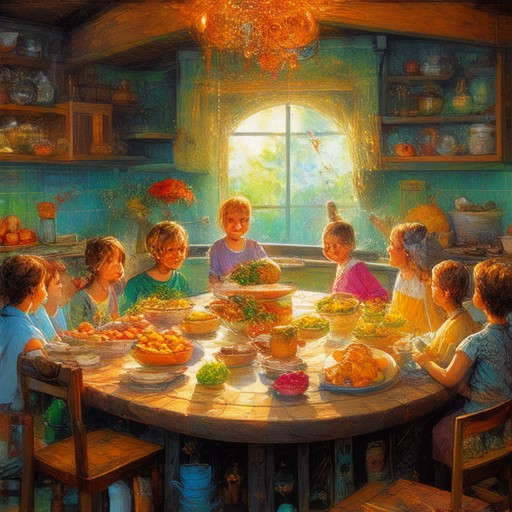
Why Eating Together as a Family is Important
Eating together as a family is a simple yet profound tradition that offers numerous benefits for individuals and families alike. Here’s a breakdown of its significance:
- Bonding and Connection: Sharing meals fosters intimacy and strengthens familial bonds. Engaging in the act of preparing, serving, and enjoying food together creates shared experiences that promote trust and understanding.
- Improved Communication: The absence of distractions like screens allows for more meaningful conversations. This setting encourages open dialogue and helps children develop better communication skills.
- Nutritional Benefits: Families can ensure healthier meal choices and manage dietary needs. Preparing meals together can also teach children about nutrition and cooking, fostering a lifelong appreciation for food.
- Cultural Preservation: Many cultures highlight the importance of shared meals, often symbolizing family values and traditions. These gatherings help maintain cultural identity and teach younger generations about heritage.
- Mental Health Support: Regular family meals can reduce stress and anxiety, providing a sense of stability and emotional well-being. The routine of sharing meals can also offer comfort during challenging times.
Despite its many advantages, finding time to eat together can be challenging in today’s fast-paced world. However, the effort to schedule regular family dinners can yield long-term benefits for relationships and overall family dynamics.

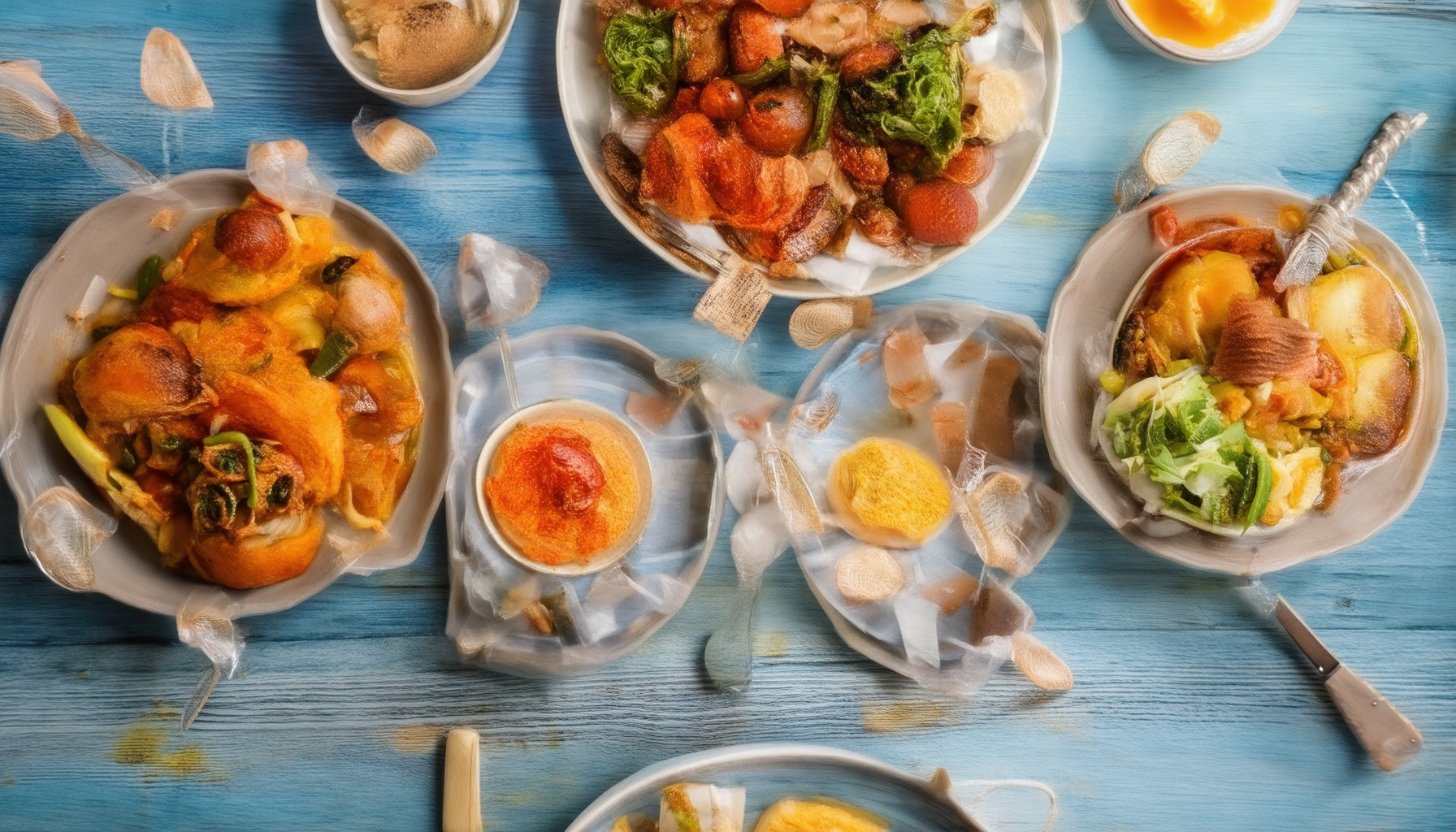
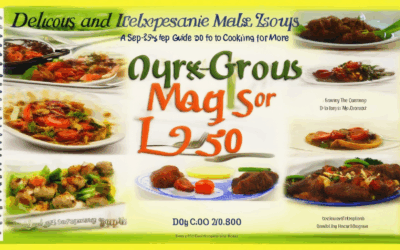
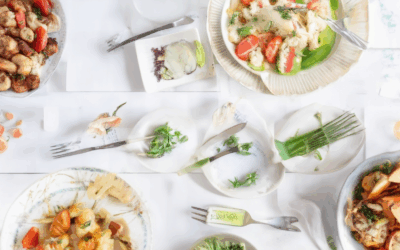

0 Comments